ECB Chief Economist Philip Lane noted in a speech that “since the cut-off date for the March 2023 projections, the incoming data have been mixed.”
Lane pointed out the ongoing divergence in sectoral performance, as services business activity experiences accelerated expansion due to strong reopening effects and increased incomes. In contrast, manufacturing output remained stagnant in the first quarter. He also indicated that the consistent improvement in business and consumer sentiment, despite remaining at low levels, appears to have reached a plateau.
Lane mentioned that market pricing and the ECB’s Survey of Monetary Analysts (SMA) foresee that the “policy rate will rise further in the near term and will remain at elevated levels for an extended period.”
He explained that once inflation stabilizes at the 2% target in the medium term, it is projected that the policy rate will settle around 2% instead of returning to ultra-low levels. This expectation is primarily driven by the re-anchoring of long-term inflation expectations at the ECB’s 2% target, indicating that market participants and monetary analysts anticipate the longer-term equilibrium real rate to hover around zero per cent.
Full speech of ECB Lane here.




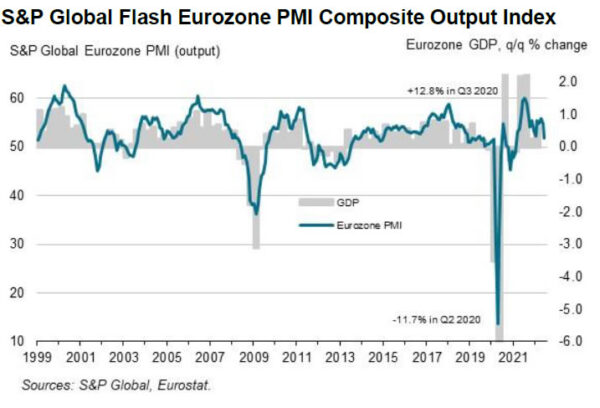
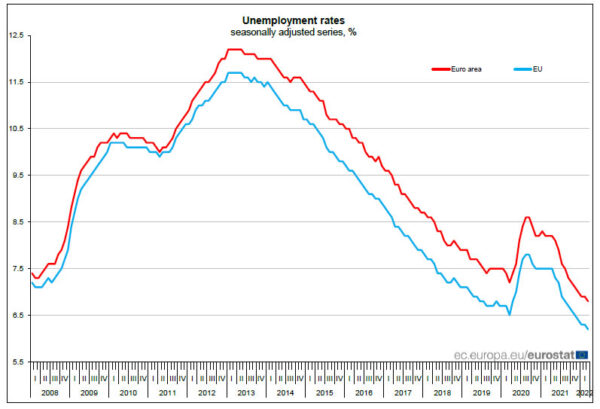

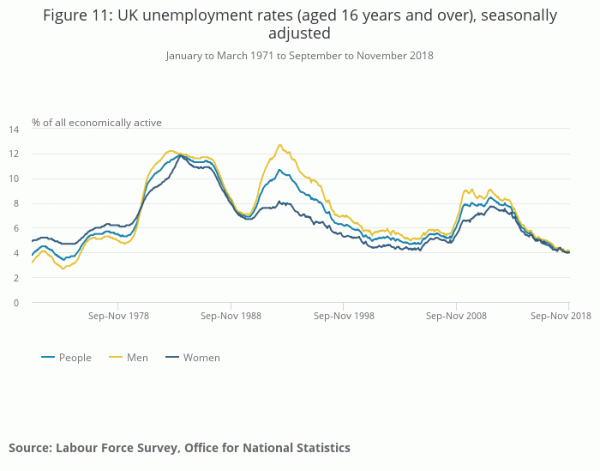
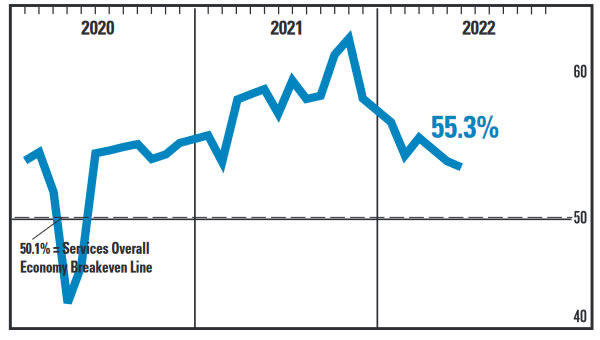
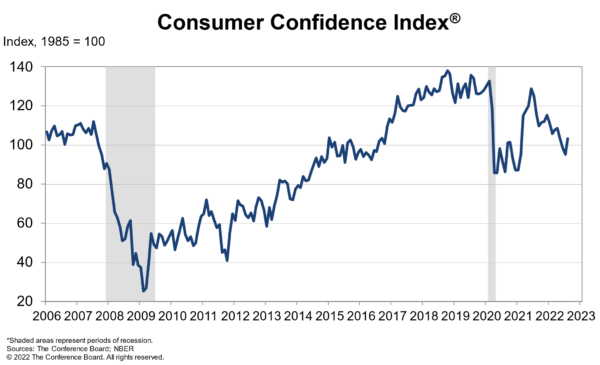
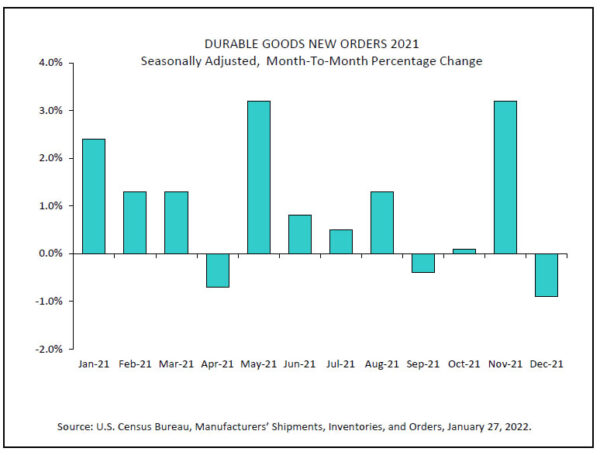

US ADP employment grew 156k, job growth still healthy but slowing
US ADP private employment grew 156k in July, slightly above expectation of 150k. Prior month’s figure was revised up from 102k to 112k. Goods producing jobs rise 9k. Service-providing jobs rose 146k.
“While we still see strength in the labor market, it has shown signs of weakening,” said Ahu Yildirmaz, vice president and co-head of the ADP Research Institute. “A moderation in growth is expected as the labor market tightens further.”
Mark Zandi, chief economist of Moody’s Analytics, said, “Job growth is healthy, but steadily slowing. Small businesses are suffering the brunt of the slowdown. Hampering job growth are labor shortages, layoffs at bricks-and-mortar retailers, and fallout from weaker global trade.”
Full release here.